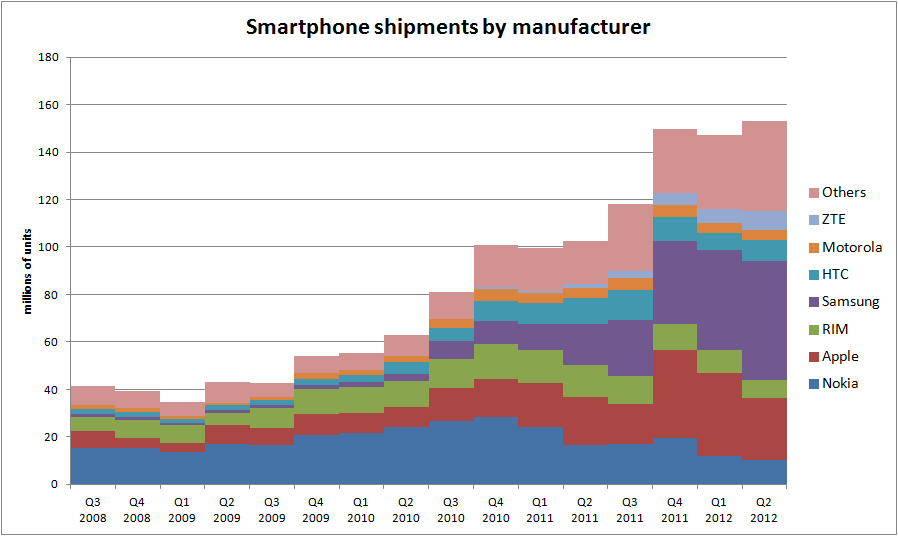A1xLLcqAgt0qc2RyMz0y
Veteran
Not really. The PC business is stagnating faster than their Tegra market share is rising.
The actual numbers don't back up your assertion:
CFO Commentary on Fourth Quarter 2013 ResultsGAAP Annual Revenue Comparison (in millions)
FY13 FY12 Y/Y$ Y/Y%
GPU $3,251.7 $3,186.8 up $64.9 up 2.0%
Tegra $764.5 $591.1 up $173.4 up 29.3%
http://phx.corporate-ir.net/External.File?item=UGFyZW50SUQ9MTcxNjMzfENoaWxkSUQ9LTF8VHlwZT0z&t=1
Last edited by a moderator:

